A historic walk around Auburn
Discovering South Australia’s finest colonial architecture
The charming township of Auburn stands proudly as the southern gateway to the Clare Valley, offering a remarkable collection of heritage buildings that tell stories from South Australia’s colonial past.
This historic town, established in 1849, presents an impressive showcase of 19th-century architecture along its main thoroughfares.
Auburn’s story began when William ‘Billy’ Tateham settled near the River Wakefield. Originally known as Tateham’s Waterhole, the settlement was renamed Auburn in 1856, drawing inspiration from its Irish namesake. The town’s strategic location soon proved valuable during South Australia’s early colonial development.
Main Street Heritage
Walking along Main North Road reveals Auburn’s architectural splendour. The street presents a stunning collection of colonial architecture, with buildings constructed from locally quarried stone. Joseph Meller, a renowned stonemason, left an indelible mark on Auburn’s streetscape. His exceptional stonework, sourced from a bluestone quarry near Eyre Creek, defines many structures that line this historic thoroughfare.
St Vincent Street Treasures
A turn onto St Vincent Street reveals more of Auburn’s architectural heritage. The street showcases some of South Australia’s finest stonework, with each building telling its own story of colonial craftsmanship. Notable builders including Robert Whitehead, James Scott, and William Threadgold contributed to this remarkable collection of heritage buildings.
Copper Trade Legacy
The 1850s brought significant prosperity to Auburn when the town became a crucial stop along the Gulf Road. The copper trade from Burra transformed the quiet settlement into a bustling rest stop, with up to 100 bullock drays passing through daily. This period of growth established Auburn as a vital commercial centre in the Clare Valley region.
Cultural Heritage
Auburn holds a special place in Australian literary history as the birthplace of C.J. Dennis in 1876. The celebrated poet, known for “The Songs of a Sentimental Bloke,” represents another fascinating layer of the town’s cultural heritage. The annual festival celebrating C.J. Dennis adds vibrancy to Auburn’s contemporary cultural life.
Wine Country Connections
The Clare Valley’s viticultural heritage began near Auburn in the early 1850s. The region has evolved into one of Australia’s premium wine destinations, with Auburn hosting eight renowned producers. These wineries complement the historic town’s appeal, combining colonial architecture with world-class wine experiences.
Heritage Preservation
The township’s commitment to preserving its historic character is evident in the careful maintenance of its colonial architecture. Many buildings along Main North Road and St Vincent Street are listed on the National Trust, State Heritage, and National Estate Registers, ensuring their protection for future generations.
Today’s Auburn seamlessly blends its rich historical heritage with contemporary amenities. The Clare Valley town continues to charm people with its authentic colonial architecture and significant contribution to South Australia’s cultural landscape.

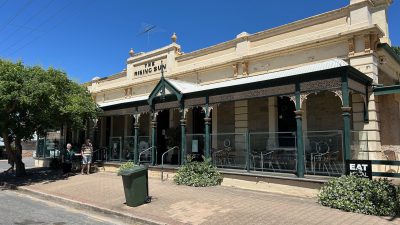
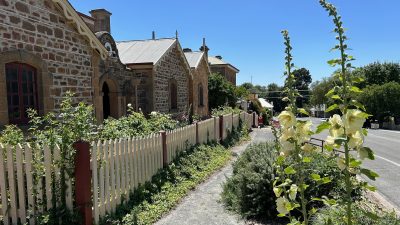
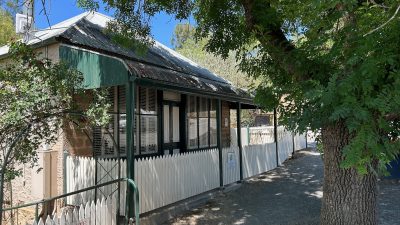
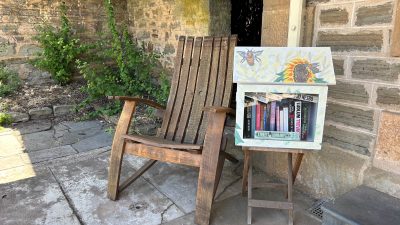
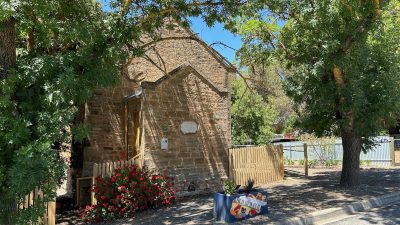
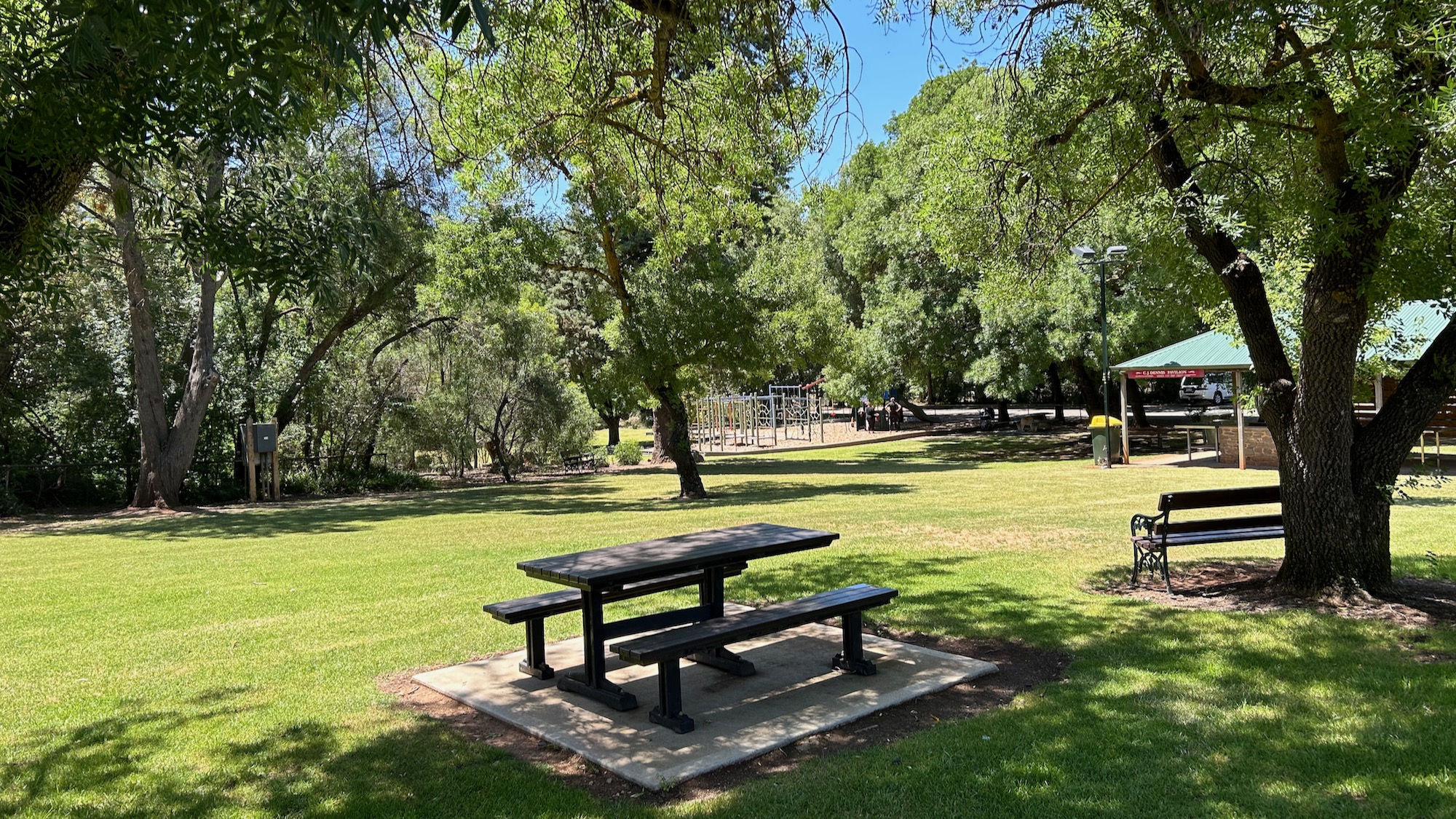
Leave A Comment